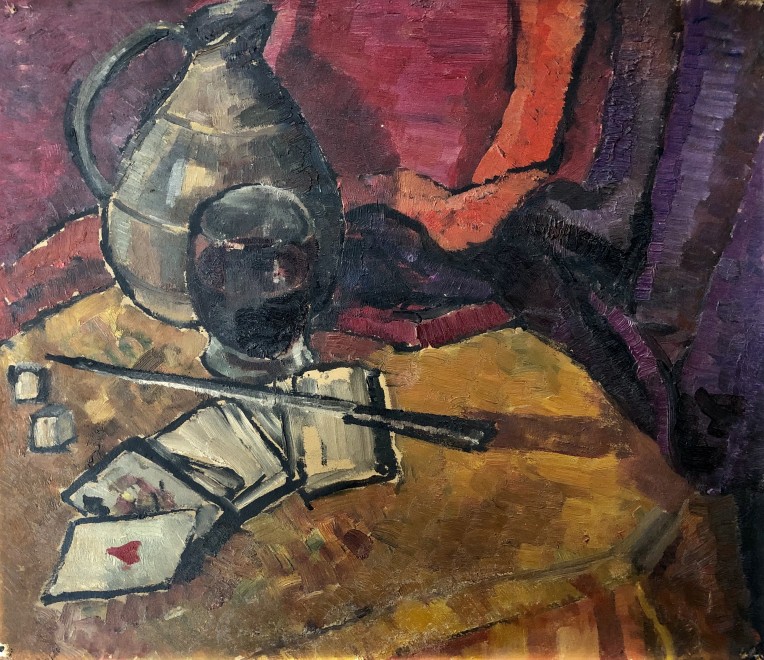Provenance
Private collection, Paris
Note: Halicka studied under Paul Sérusier and Maurice Denis at the Académie Ranson and met Louis Marcoussis, who she married in 1913. The latter introduced her to the group of Cubists, and Alice Halicka formed part of the movement until 1921. In 1914, at the Salon des Indépendants, Guillaume Appollinaire noticed her still lifes, which were reminiscent of Cubism. Thanks to Raoul Dufy, in 1919, she worked for Mr Biancchini, a famous silk manufacturer from Lyon.
In 1921, following a trip to Poland, she gave up Cubism for good. She went back to the Polish post-Impressionist school and painted the everyday life of people in Krakow’s Jewish quarter Kazimierz. In 1925, Alice Halicka illustrated several books, including Valéry Larbaud’s Enfantines and Zangwill’s Les Enfants du Ghetto. Dr Barnes and Gertrude Stein had collected her work since it was exhibited at the Georges Petit gallery in 1931.
